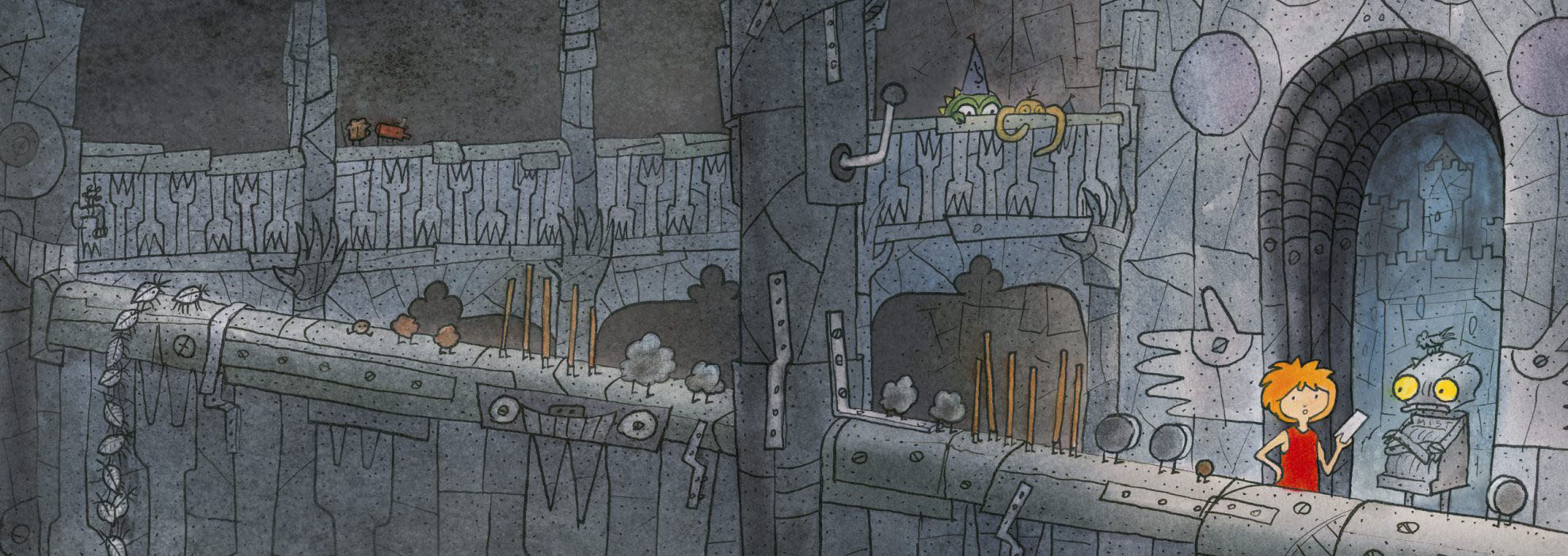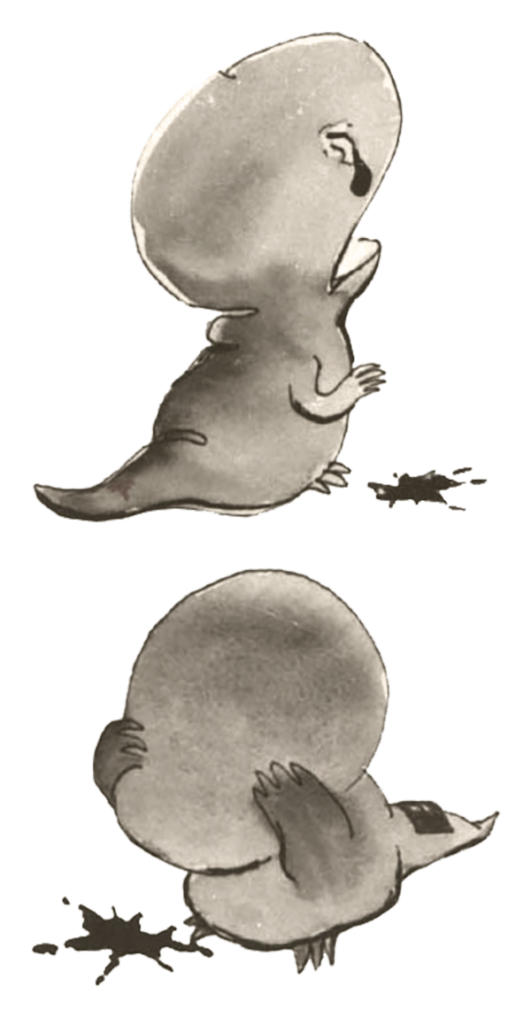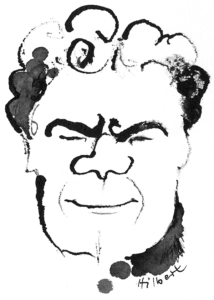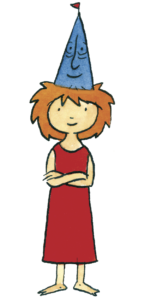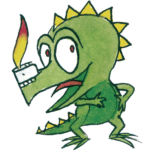I am often asked how Knight Rusty came to be. The answer to that question is as simple as it is complicated: not overnight.
As far back as the early seventies when I was sitting in elementary school, I would decorate my dictation papers with doodles. Later on, I made small booklets with cartoons, poems, and stories which I gave to my parents, friends and classmates. They all had different themes like volleyball, pirates and knight’s castles. One of these little books was about a small dragon from pre-historical times, who preoccupied me ever since and of course, in time, would turn out to be Koke. But it would still be a while before then because I turned to music next. Even today, music still holds a special interest for me. At one point, though, I found out that I was actually a better artist than a musician. And I could write – seeing as how I’m descended from a family of chronically crazy rhyme-makers, whose most famous offspring, Joachim Ringelnatz, was a poet, it seemed that writing was in my blood.
So, I had my world: drawing, writing and music, and it’s just wonderful how I can combine all three of these inclinations into my work today. Yet, back then, I was mainly occupied with drawing. Even in high school, I began publishing political caricatures in our hometown newspaper. On the side, I drew music cartoons for a few professional journals, nothing spectacular, but it was a little extra income. Some of my cartoons were even published in a few major German newspapers, for instance the Süddeutsche Zeitung, The Vienna Journal and Die Zeit. Looking back, however, all these were five-finger exercises, because I was about to encounter a formative experience: meeting my great idol Paul Flora.



